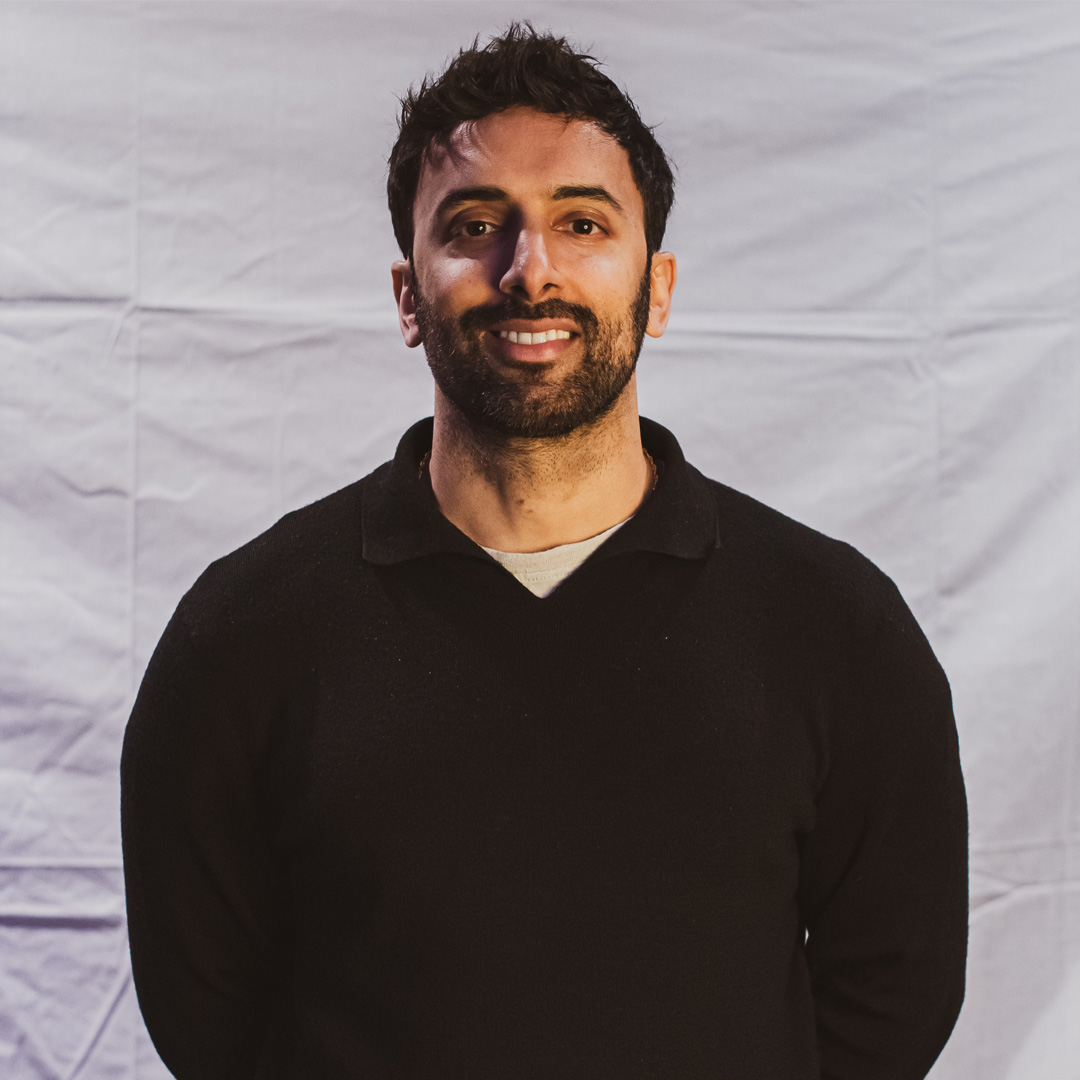Harpreet Shergill
My Topol fellowship problem / project:
People who live in care homes have an increased risk of falling. Falls are common, harmful, emotionally difficult for residents and relatives, costly, and difficult to prevent. The challenge I’d like to explore covers how we can be effective and learn quickly from data insights surrounding falls prevention, what the future of falls prevention could look like, and the impact digital data and new technology can make in the prevention of falls.
The Public Health Outcomes Framework reported that in 2017 to 2018 there were around 220,160 emergency hospital admissions related to falls among patients aged 65 and over, with around 146,665 (66.6%) of these patients aged 80 and over. It is widely recognised that we are on the verge of exponential growth in the 85+ year old population, both on a national and local level. Locally, over the next 12 years the number of people over 85 years of age will rise by 78% in Buckinghamshire. There are currently 421,000 older people living in care homes and falls account for 40% of all injury deaths. One in ten care home residents who fall sustain a fracture. Consequences can include hospital admissions, staff having an anxiety re falls, and fear of litigation – this may create caution around exercising and being mobile. It also has a psychological impact on the resident, loss of confidence, a fear of falls, and subsequently a cycle of decline.
The total annual cost of fragility fractures to the UK has been estimated at £4.4 billion which includes £1.1 billion for social care; hip fractures account for around £2 billion of this sum. How digital data is currently contributing to falls reduction – the falls management workflow: 1) Risk Assessment 2) Monitor/Record 3) Response 4) Analysis 5) Care improvement. New analytics software can assist with identifying correlations and trends e.g., injury level and location, and/or time of day/week, hydration, nutrition etc. This is all of course still reactive data. However, in collaboration with new hardware, for example, in the form of a small sensor that can scan a room 10 times per second, providing round-the-clock supervision without infringing on privacy as a video camera would. It identifies even subtle changes in each care user’s behaviour, flagging up issues that allow carers to take proactive action. Part of this project would include working with the separate hardware and software providers to utilise their open API for integration. This then provides automated falls alerts and monitors individual triggers to predict and prevent falls.
About me
I work as Associate Director for Peverel Court Care. I assist with an array of responsibilities that includes project management and digital transformation. I have 8 years’ experience in social care and understand the key sector-wide challenges. My passion is delivering successful digital transformation that provides positive impact for our residents and sharing that knowledge across the wider sector.
My passion for digital transformation has led me to pursue recent further studies including PRINCE2 Practitioner (2019), AgilePM Practitioner (2022), and Leadership in a Technology Driven World (Imperial Business School). Modules covered include “Leading the Digital Enterprise” and “Digitally Human.” I champion the use of technology to drive improvement and provide a focus on the individual. I successfully project managed the migration to a digital care records platform during the pandemic (previously paper-based). The increased levels of transparency from digital care plans are correlated to the provision of higher quality care. I subsequently searched for opportunities to help advance the alignment between health and social care. We were first to participate in Beta testing the GP Connect extension. Other collaborations include helping to shape digital training offered in social care by collaborating with Skills for Care, and Digital Social Care.

